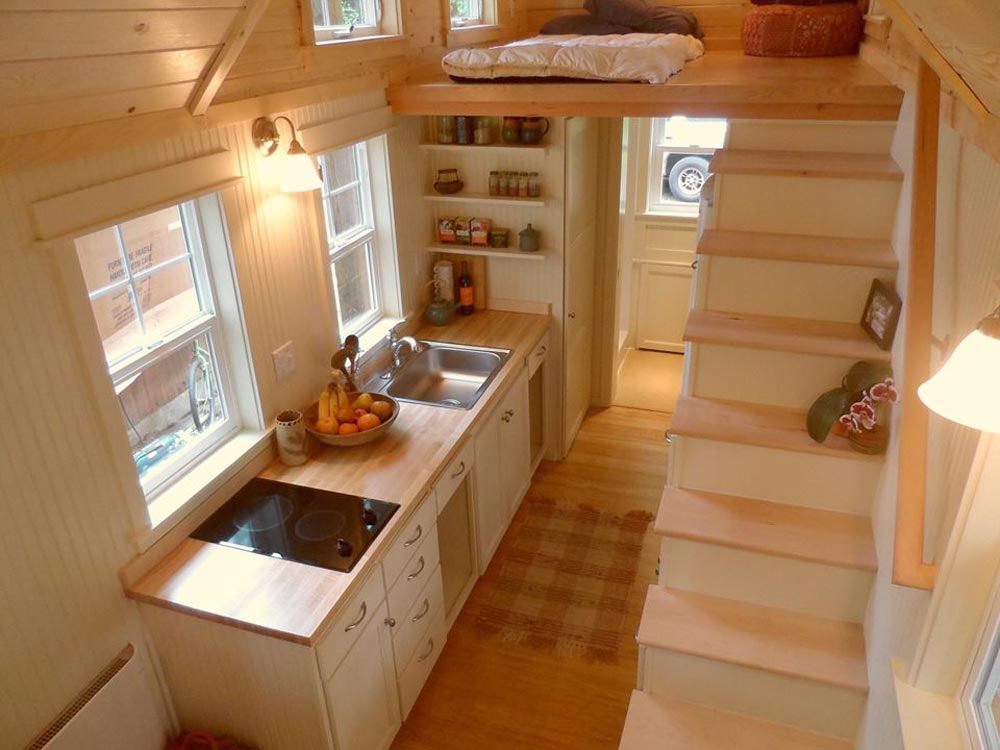Are you wondering if the small houses and the design of such small living spaces are an advent of the 21st century? No, you are wrong. The small house originated as a movement in the United States as early as the late 17th century.
Conversely, the 21st century has only promoted the need for such efficient houses in smaller areas to save both space and cost. The small house movement can be quoted as an example of cost-effective living, energy efficiency, and sustainable construction and living. Because the spaces are usually between 37 and 90 square meters (approximately 400 to 970 square feet). And, they require only fractions of the cost, materials, and labor needed to make a large house.
Beauty is in the diminutive – Smaller houses for the larger part

The small house movement saw a revival in the 20th century with the launch of the book “The Not So Big House” by architect Sarah Susanka in 1997. Her design ideologies provided the inspiration and a philosophical backbone to the small house movement. Small houses have several advantages. The most obvious of which is the drastic reduction in construction and maintenance costs. Due to the small carpet, they are constructed in short spans of time. Also, they are more easily repairable, sustainable, and environmentally friendly. This type of living and construction also maximizes the use of spaces both architecturally and functionally.
Due to the fact that this architectural style focuses more on the manipulation of spaces, they have several custom made fittings in the form of space-saving and multi-functional equipment, hardware, and furniture. These are collapsible and/or modifiable so as to ensure they do not hinder the movement and functions of the spaces they are in.
The popularization of this ideology of living small can mean the end of the housing shortage and the beginning of sustainability in architecture
One of the best examples of this type of furniture is by Swedish design company IKEA. Their innovations are based on utility and the comfort of living in small spaces. The design of this furniture is often based on the ideology of the small house and the maximum utilization of the area. Another advantage is the possibility of these small houses serving as a portable “house on wheels”. This concept of movable houses was introduced and popularized by Jay Shafer, himself living in a small house of a mere 96 square feet. He popularized small houses and founded several design companies (namely, Tumbleweed Tiny House Company, Four Lights Tiny House Company, in 2002) that promote and specifically design small houses on wheels.
With the increase in industrialization and the migration of population from the rural to the urban, the small house movement is a much-needed respite. Because they could be the future of housing problems all over the globe.
By the end of the 20th century, the small house was a popular alternative in almost all of Europe and America.
Impact of Small Houses in India

The Indian subcontinent is a very diverse and changing urbanscape. The 21st century bought with its population surges, environmental issues, and economic crises. This surge in the global population is causing a dearth in space which will soon become a discernible problem in itself. This century also bought with it the concept of nuclear families due to better opportunities for education and employment. This novel concept of smaller families demands smaller houses and creates a need for compact and yet efficient living spaces.
The support and boost by the government can also create at least a limited number of people who are willing to live small. This compact living has several advantages that include,
(1) social and psychological (such as lower cost of maintenance and greater intimacy to space)
(2) environmental (such as lesser energy and material required in constructing the house and lesser waste created thereby)
(3) psychological (such as the relatable nature of these compact homes as they are more closer to the physicality of the human scale)
Compact homes is a new way of living!

You can develop a small house in countries like ours to help promote living small and cheap. The Indian subcontinent is anyway populated beyond anyone has ever predicted. India is more likely to be the most populous country in the world by 2022 surpassing China, and its population is set to reach 1.70 billion by 2050. This surge in the population can cause the formation of slums, where the population density is very high when compared to the area it stands on.
With the population growing at this rate, the country is bound to run out of space to accommodate such a growing and diverse group of people. Since there are over 2000 religions in India, an apartment or a shared housing facility might not be the new investor’s ideal solution. The possibility of owning a house might be a dream to the average Indian. This is where the small house will come into use as it is easily constructed. It can be cheap and designed in such a way so as to cater to the needs of its occupant i.e. it can be customized.
Hence, the need for such small houses is very obvious and growing in India. Yet the people don’t seem to be ready for this shift. What do you think?
Share your thoughts below.
Beautiful article of contemporary relevance . Very good idea for affordable housing old age homes and the article may surely evince interest to the Govt, if it reaches the correct person. An effort to get it published in housing magazines or newspapers will pave the way to sell the concept well